An Essential Guide To Buying A Solar Panel – 5 Hints And Tips
As solar energy becomes a popular choice for homeowners not only across the United States but indeed across the world more and more people are beginning to realize that the technology has much to offer.
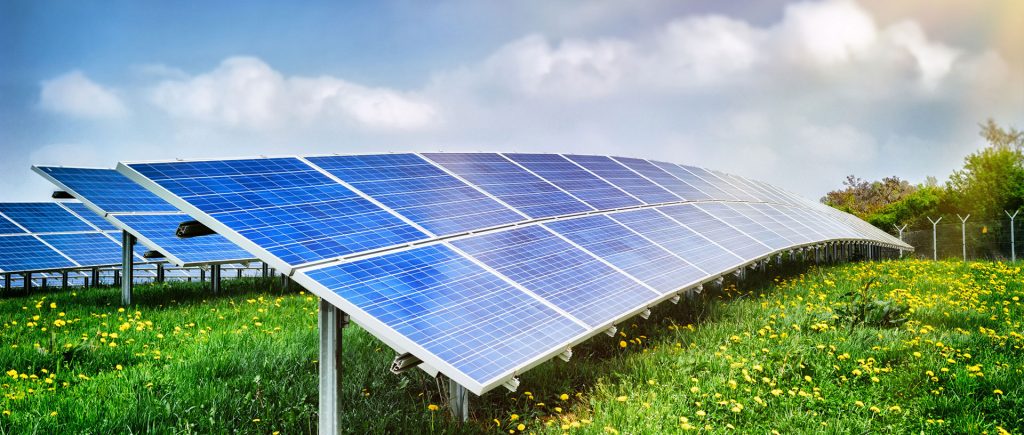
Homeowners are installing solar panels in record numbers due to many different factors. For some it is the fact that they remove themselves form the standard energy grid and can therefore weather the storms brought about by failures of the grid. For others it is the mere fact that they are independent of the normal electricity providers and do not have to be held hostage by increasing costs. For others the idea of using sustainable energy generating technology is tremendously attractive.
Whatever the reasons each homeowner needs to take a variety of factors into account prior to handing over their well earned cash for the purchase of solar technology.
here are 5 hints and tips which will make that purchase decision easier – and ensure that the homeowner gets the most out of his or her solar panel purchase.
1. The Roof.
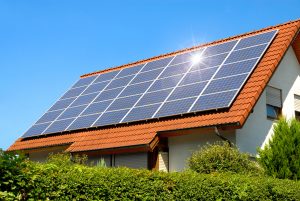
One of the most amazing things about modern solar panels is just how tough they are. Most can last about three decades. However some roofs – such as those coated in asphalt only last around 20 years. It is imperative that the homeowner ensure that the roof is in perfect condition before having the panels installed. It can be extremely costly to remove and then reinstall solar panels if repair work needs to be done to the roof.
2. Efficiency.
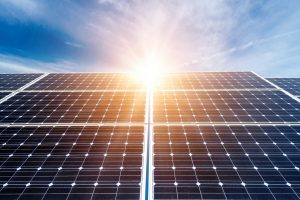 Some areas of the United States for instance will be more suitable for the installation of solar panels – for instance in the Southwest or South of the country. A homeowner who is not in these areas might have to install more panels in order to get the same output. This obviously has implications as far as cost is concerned. Consult a specialist technician or installer to get a expert opinion.
Some areas of the United States for instance will be more suitable for the installation of solar panels – for instance in the Southwest or South of the country. A homeowner who is not in these areas might have to install more panels in order to get the same output. This obviously has implications as far as cost is concerned. Consult a specialist technician or installer to get a expert opinion.
3. Location of Panels.
 Although it is more common to mount solar panels on the roof of the home there are ground mounted options. This might be a consideration if the house is North facing – which would limit the amount of solar energy which can be generated. However, ground level installations can be pricey. To optimize output the panels can also be fitted with mechanisms that allow them to track the sun. This option can add significantly to the expense.
Although it is more common to mount solar panels on the roof of the home there are ground mounted options. This might be a consideration if the house is North facing – which would limit the amount of solar energy which can be generated. However, ground level installations can be pricey. To optimize output the panels can also be fitted with mechanisms that allow them to track the sun. This option can add significantly to the expense.
4. Type of Panels.
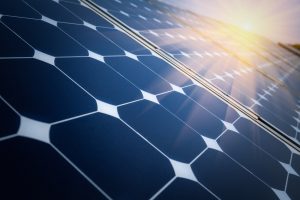 There are a number of different types of panels that are today available on the market. Each of the different types vary in the amount of energy that they can generate. A more efficient panel will mean that the homeowner will be able to recoup his or her investment faster than might be the case with lower efficiency models. The higher efficiency models will also cut down on the number of panels that have to be installed. Once again the advice of a qualified installer can be invaluable in making the decision as to which panel is most suitable.
There are a number of different types of panels that are today available on the market. Each of the different types vary in the amount of energy that they can generate. A more efficient panel will mean that the homeowner will be able to recoup his or her investment faster than might be the case with lower efficiency models. The higher efficiency models will also cut down on the number of panels that have to be installed. Once again the advice of a qualified installer can be invaluable in making the decision as to which panel is most suitable.
5. Finance.
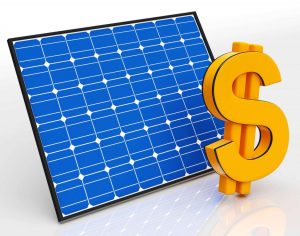 Installing solar paneling can be pricey. For those who lack the money to pay a lump sum up front there are some solar installation companies that will offer finance – and the rising popularity of installations means that even some traditional financial institutions are offering solar loans. There is also the option of leasing the solar panels from the solar company.
Installing solar paneling can be pricey. For those who lack the money to pay a lump sum up front there are some solar installation companies that will offer finance – and the rising popularity of installations means that even some traditional financial institutions are offering solar loans. There is also the option of leasing the solar panels from the solar company.
The increasing use of solar energy for homes is a trend that shows no sign of slowing and it makes sense from a whole variety of perspectives, including financial and as a way to contribute to the elimination of the use of fossil fuels and the greening of the planet.

